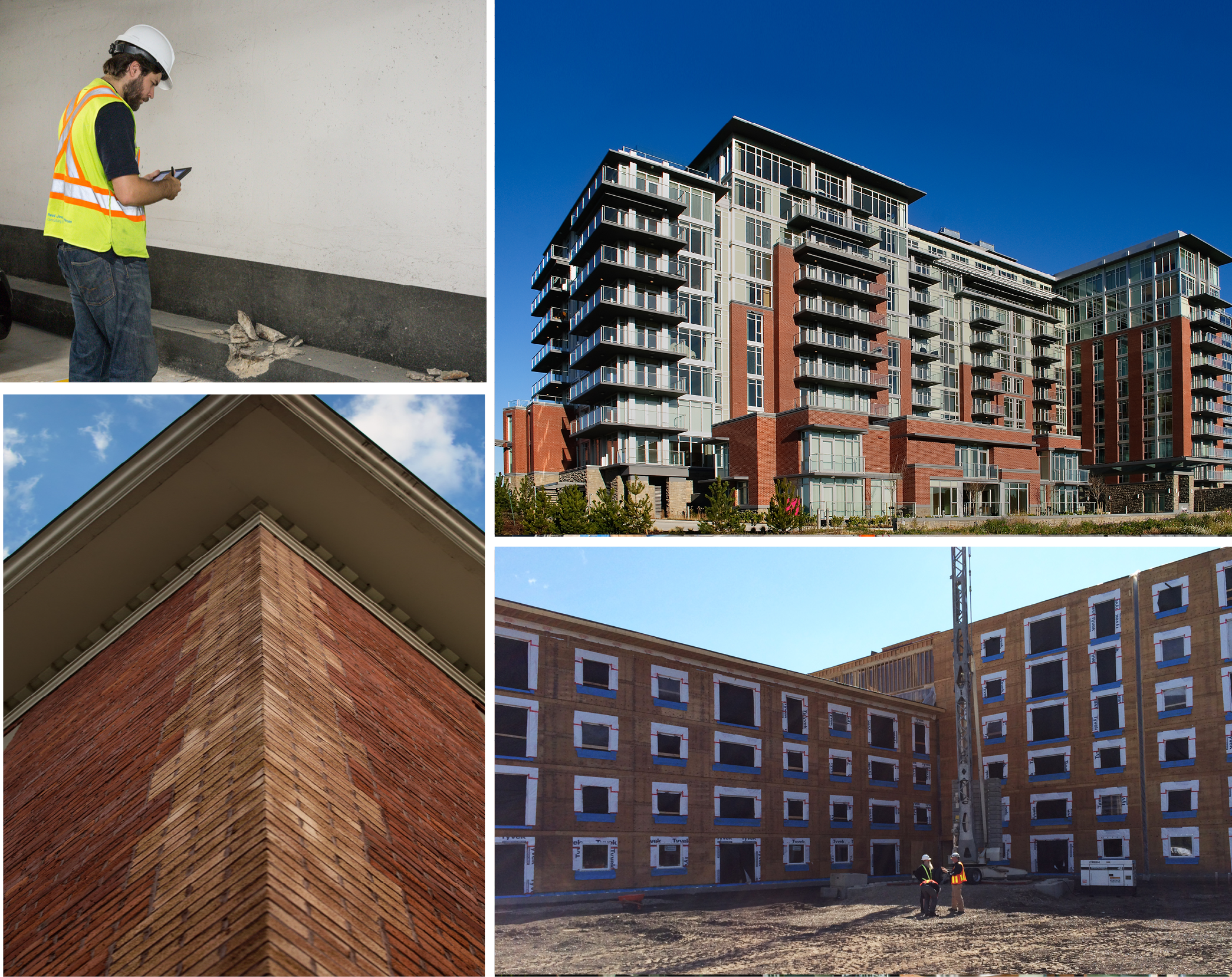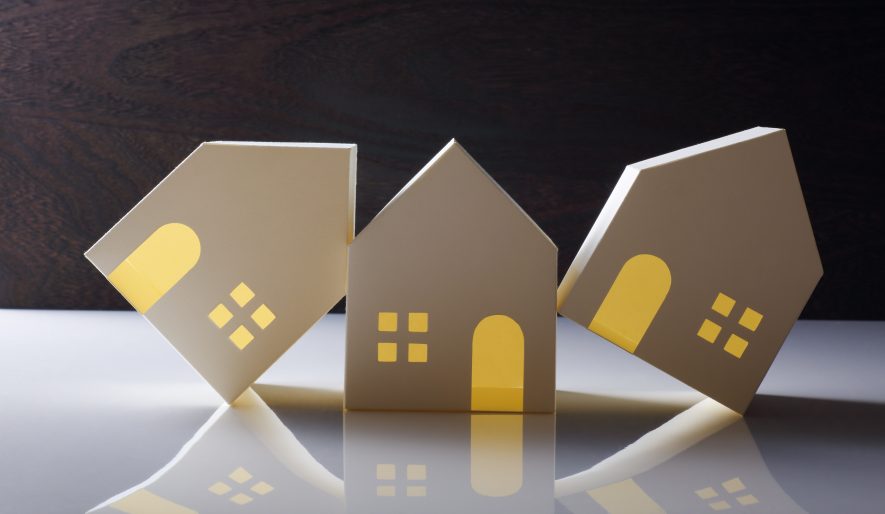Building durability is affected by many factors, exposure to the elements being the primary culprit. Moisture and decay caused by rain, heat, wind, snow, and extreme temperature fluctuations make location and the surrounding weather conditions key considerations for determining the right products and materials to use during construction or renovation.
Beyond exposure to the elements, not all products are manufactured to the same quality, and when assembled poorly, there may be weaknesses. Additionally, regular maintenance may be an important requirement to prolong your asset, particularly in fluctuating climates or regions prone to seismic activity.
If building durability and long-term resilience are the goals, those looking to build or renovate should choose their materials wisely for their specific location and design. Here, Bryan Colvin of RJC Engineers, walks us through the pros and cons of four common building materials:
MASONRY
Pros: One of the oldest and most durable building materials around, masonry either in stone or brick form, has been used in construction for centuries. Known for their high wear-resistance and thermal insulation, they come in a variety of shapes, sizes, and categories including larger blocks for foundations and the classic burnt clay bricks often used in walls.
“Masonry offers numerous advantages beyond their aesthetic appeal. They have excellent high compressive strength and they are porous, meaning they are able to release and absorb moisture to regulate temperature and humidity within the structure,” says Colvin. “Another benefit of masonry is that it has a high fire protection rating.”
Cons: Working with masonry can be time-consuming, and it is not recommended for high seismic zones. Another disadvantageous is that it absorbs moisture, which can lead to mould-growth and the regular need for cleaning.
WOOD
Pros: One of the great things about wood is that it comes from a natural resource abundantly found in Canada. Thanks to engineering advances, new protective treatments for lumber, and a collective desire for “greener” buildings, building codes are changing to allow for taller structures made predominantly of mass timber. As a result, we are seeing a revival of wood construction—but is wood safe and durable?
Not only is mass timber lightweight compared to other materials, but it is also incredibly durable. Wood is simple to work with and can be cut right on site, speeding up the construction process and potentially saving money.
Cons: Age, temperature, and environmental humidity are all factors that can make wood warp. Additionally, it is a plant-based substance, meaning it is more sensitive to pests. Of course, then there is the matter of flammability — wood is a material that burns unlike others. But new treatments and innovation are making these issues less of a concern.
 CONCRETE
CONCRETE
Pros: Concrete has a lot going for it, largely because it is widely available and inexpensive compared to other construction materials. Made of cement, water and aggregates, fresh concrete is flowable and can be poured into various forms, making it extremely versatile and easy to work with.
“Concrete can withstand water better than wood and steel, therefore it less prone to deterioration,” Colvin says. “When reinforced with rebar, concrete is an ideal material for walls, beams, slabs, foundations, frames and many other applications, and it’s also the most economical.”
Cons: Compared to other binding materials, the tensile strength of concrete is relatively low, requiring rebar, which can corrode if left unprotected with good concrete cover or other surface treatments to reduce permeability.
STEEL
Pros: Steel is immensely strong and does not easily warp, buckle, twist or bend. In other words, steel buildings are highly durable, allowing them to withstand extreme weather conditions including hurricanes, blizzards, and even earthquakes. Steel is also resistant to termites, cracks, splitting, and rotting.
Cons: “The cost to produce steel may be higher than other materials, and when it comes to fire resistance steel is weaker compared to concrete,” says Colvin. “Another disadvantage is that steel is heavy and expensive to transport.”
In conclusion, Colvin says that while all building materials offer numerous advantages, ultimately location and design will have a direct effect on building durability. “Additionally, regularly maintenance will help extend the functional life of any building,” he says.
Visit www.rjc.ca for more information on building materials, or contact Bryan Colvin directly.






